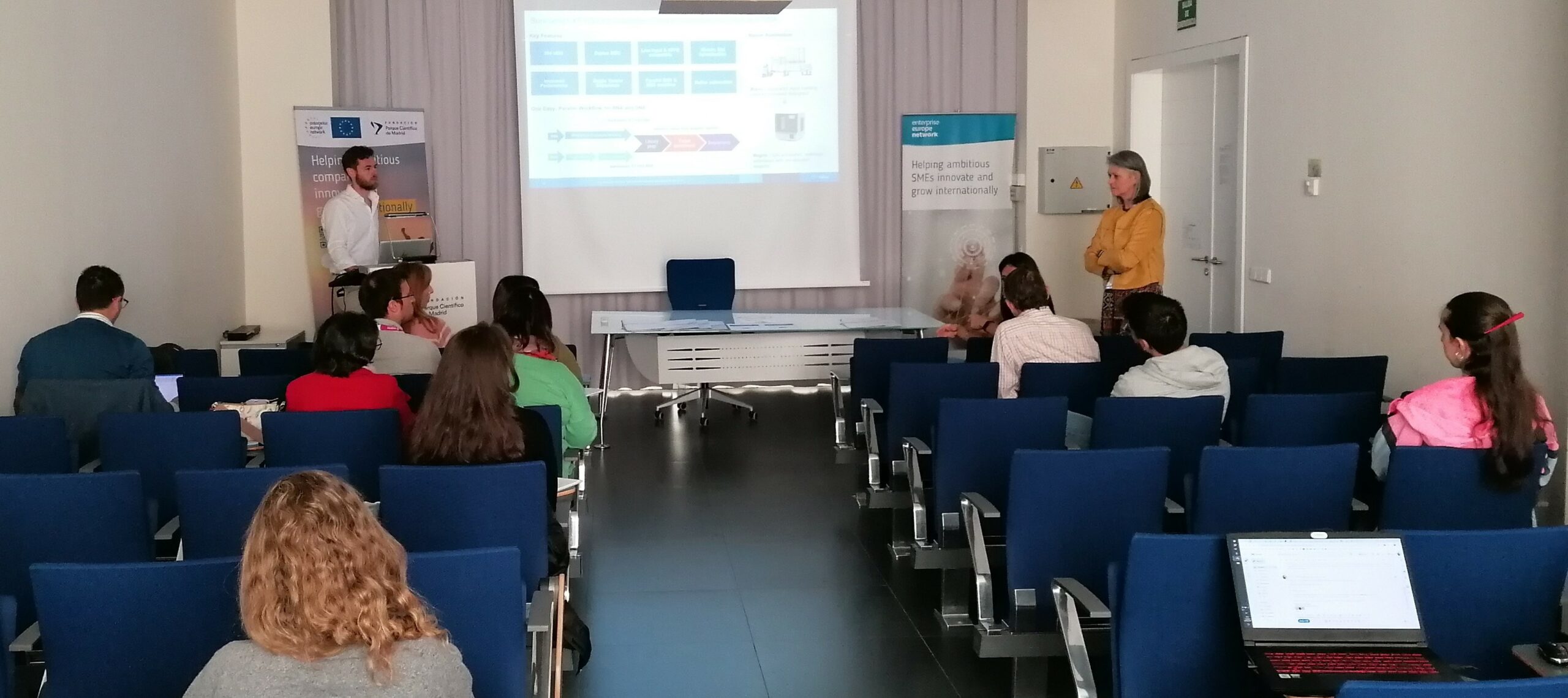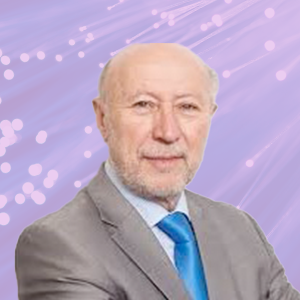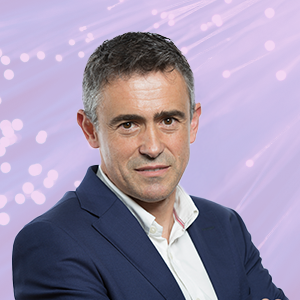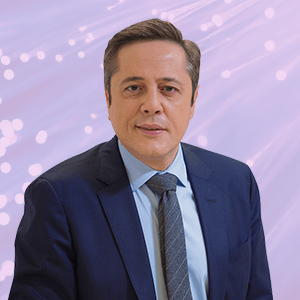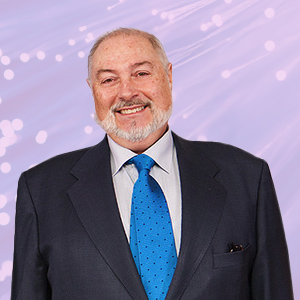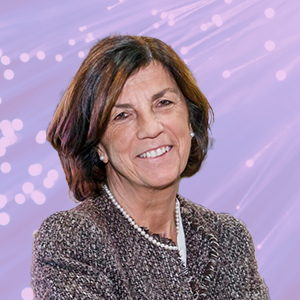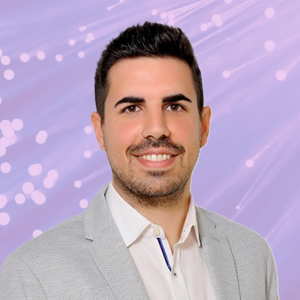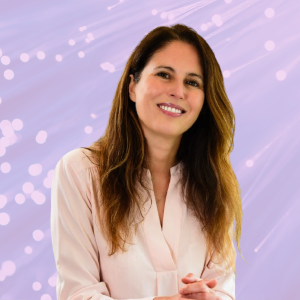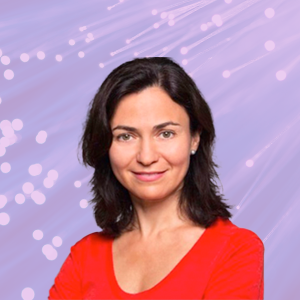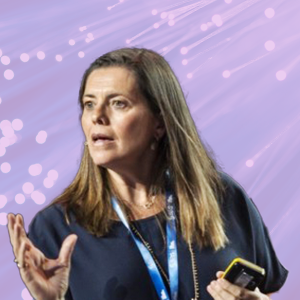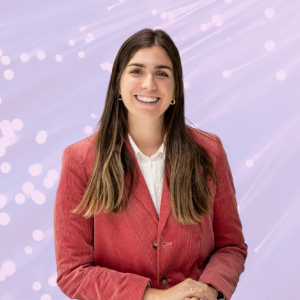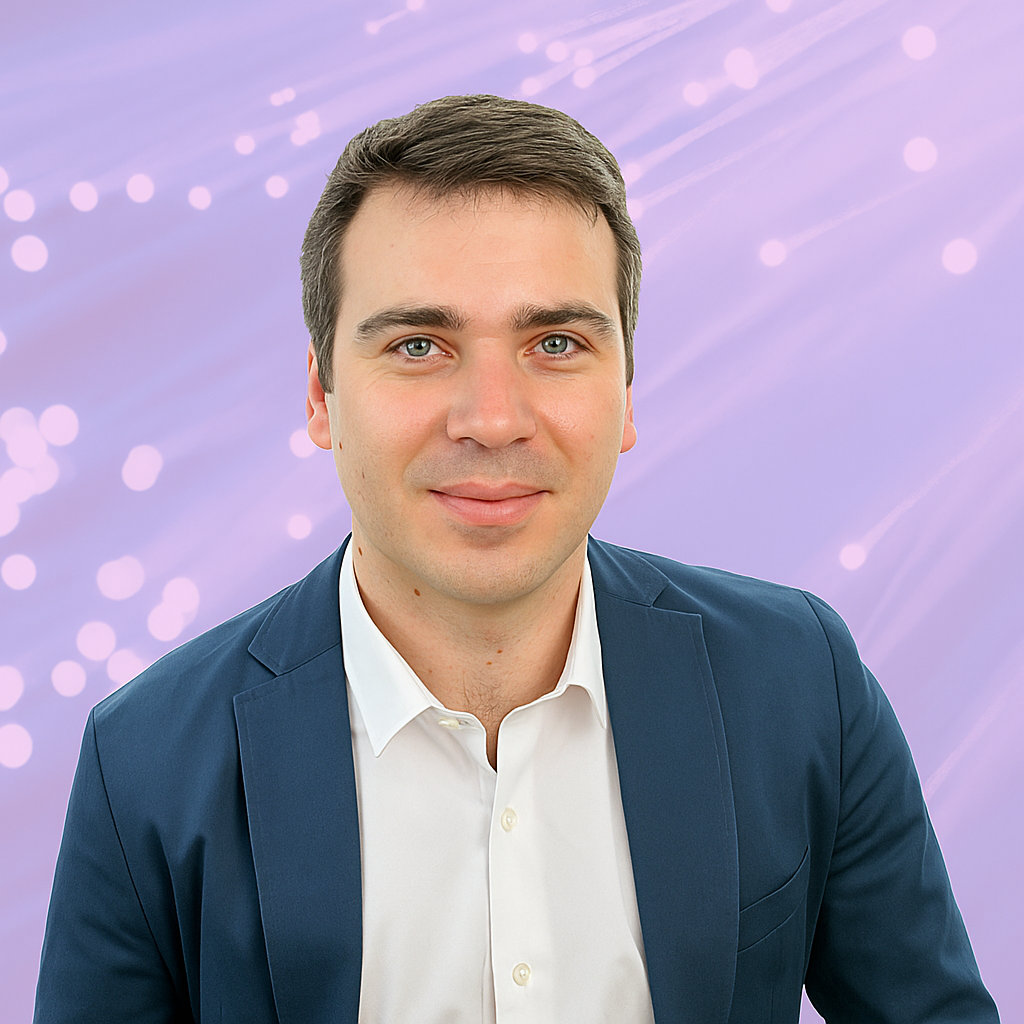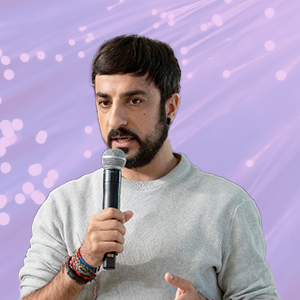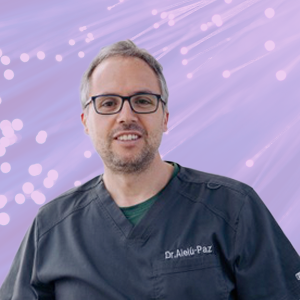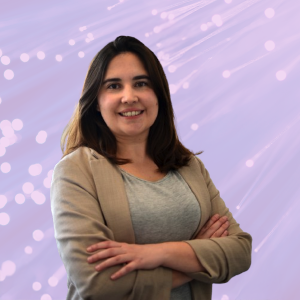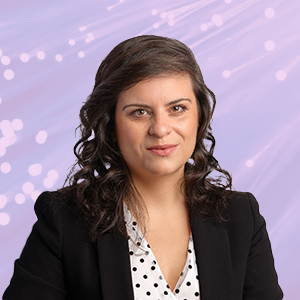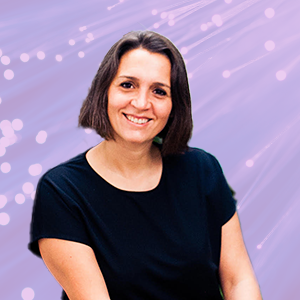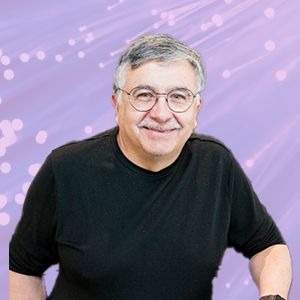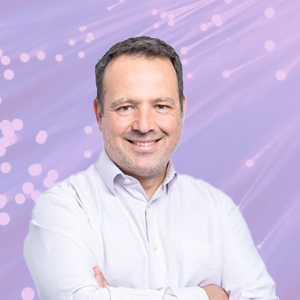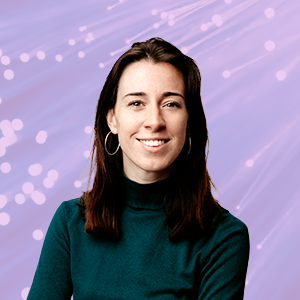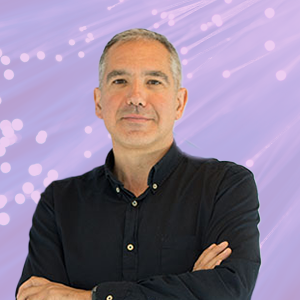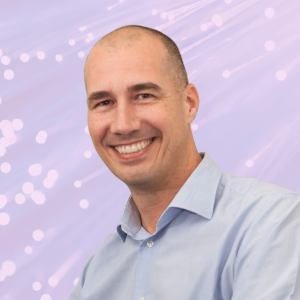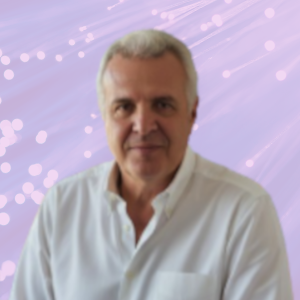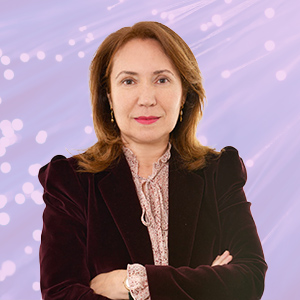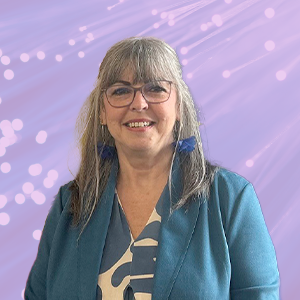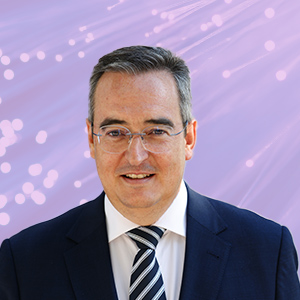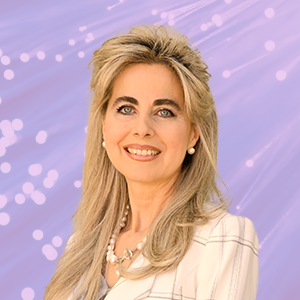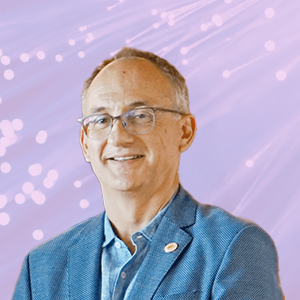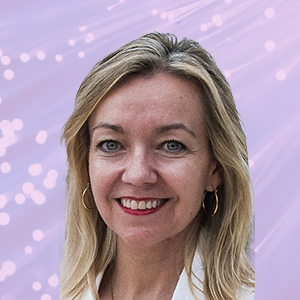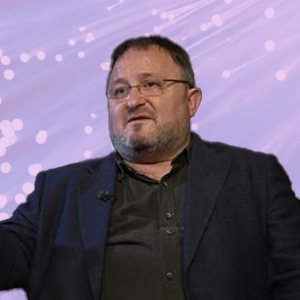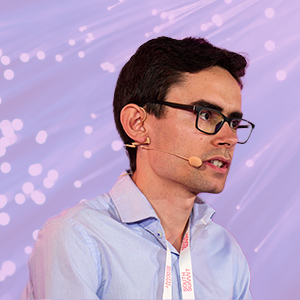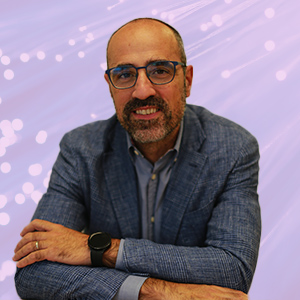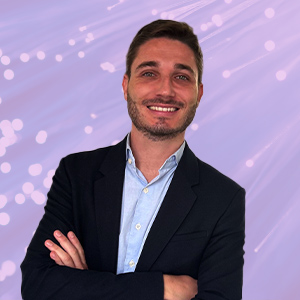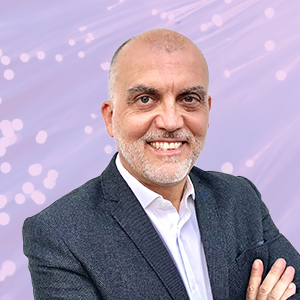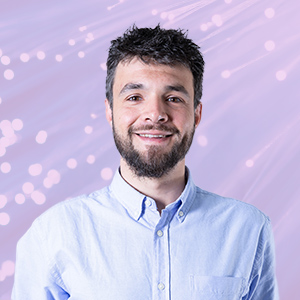On May 7, Agilent Technologies showed new biolaboratory techniques at the Tech comes to you seminar. It is a collaboration with the FPCM Genomics unit
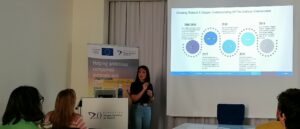
Agilent Technologies is a spin-off of Hewlett Packard that currently has more than 16,000 employees. After its beginnings dedicated to optics, electronics and software, in recent years Agilent has been entering the biomedical sector through the acquisition of various specialized companies.
New techniques for cellular and non-cellular analysis
After the presentation of the equipment, the technical seminar began. First, Miriam Contreras, a specialist in cell analysis at the company, explained new approaches in cellular and non-cellular analysis.
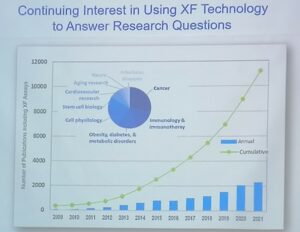
Among them, Seahorse technology stands out, on the rise in recent years. This technique measures glycolysis and oxygen consumption. In addition to metabolic studies, it has multiple applications, such as drug compatibility and applicability, immunometabolism or mitochondrial toxicity. For this last aspect, a kit has been developed that allows us to know the possible contraindications of the drugs.
In addition, Contreras explained the xCELLigence technology for real-time cellular analysis based on impedance. Among its advantages is that it is non-invasive and does not require marking. Recently it has begun to be applied to bacteria, for example, useful in the implantation of prostheses.
Other techniques already consolidated
Later, the specialist detailed other more consolidated techniques. Among them, he focused on flow cytometry, multimodal readers with fluorescence, confocal plate readers and ELISA automation. For each technique, Contreras also detailed the different equipment offered by the company. Some of this equipment is widely used inside and outside the Park.
New techniques in genomics and automation
Next, Fernando Jaramillo, a specialist in genomics and diagnostics, went on to detail the possibilities in molecular biology and genomics. Jaramilló explained the systems for reading gene expression, preparing libraries and enriching samples. These techniques are supported for different types of sequencers.
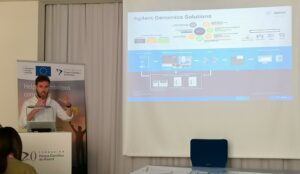
Among the techniques mentioned, sgRNA, Oligo libraries, CGP, RNASeq, automated electrophoresis platforms, liquid biopsy and solutions for NGS workflows were reviewed. In this part, an interesting conversation was sparked with Genomics staff about the advantages and possibilities for improvement of some of the software packages offered by Agilent.
Finally, Jaramillo explained how these techniques can be used for the development of vaccines through the quality control of biomolecules.
Basic spectroscopy techniques
After the coffee break, and to close the seminar, Fernando Tobalina, spectroscopy specialist, introduced the techniques to characterize and quantify biomolecules. Tobalina reviewed the process of obtaining medicines in a very didactic way.
He then focused on spectroscopic techniques and their application to biomolecules. He explained how certain types of molecules are more effective for phosphorescence, fluorescence or UV absorption. This behavior gives a lot of information about the functional groups present.
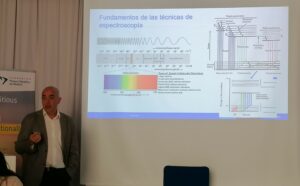
Tobalina not only reviewed the available instrumentation, but also the requirements for samples, assays and biological analysis, and how the company has developed different techniques to optimize its study. This review was truly encyclopedic and full of examples and practical applications in the field of biology. Those attending the seminar will be able to review and extract all the knowledge distilled in this intervention thanks to the presentation that will be sent to them.
Showroom for teams and individual meetings
The seminar concluded with a sample of several of the equipment brought to the Park by Agilent. The specialists provided on-site explanations of the xCELLigence DP, TapeStation 4150 and Cytation C10 equipment.
This type of technical seminars, organized periodically by the Genomics unit, constitute an excellent opportunity for updating companies in the Park and the surrounding research centers. Watch out for the next one!

